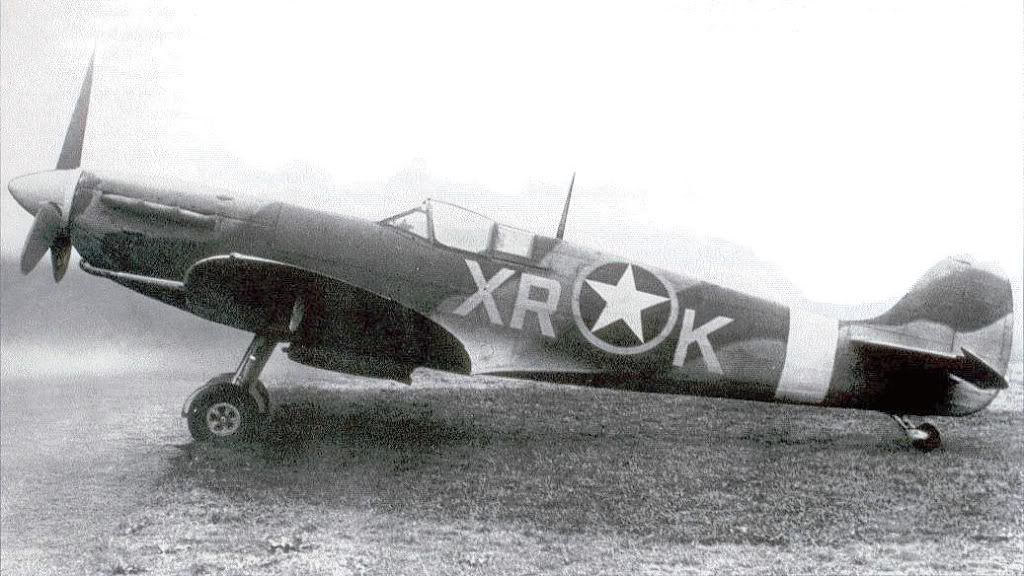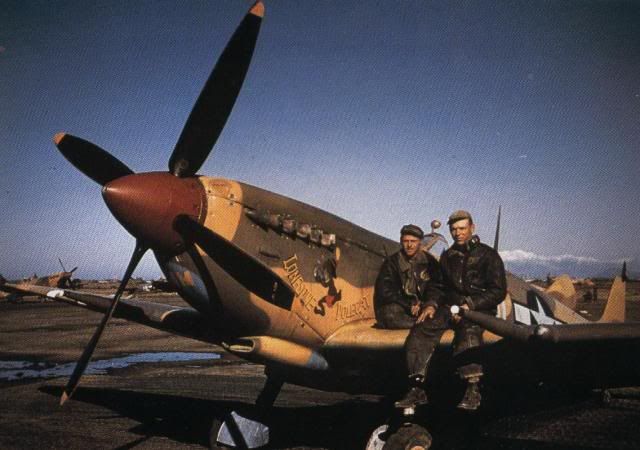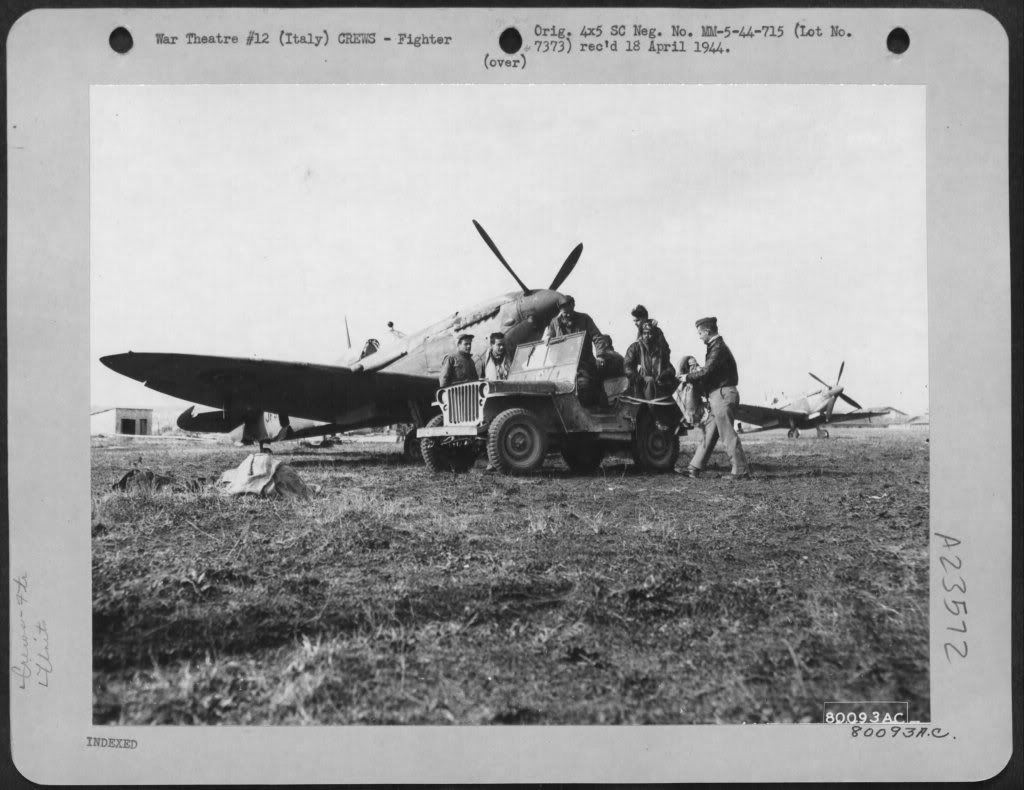oose
Active Member
A M-422a in Kent!! with VCS-7 june 44.
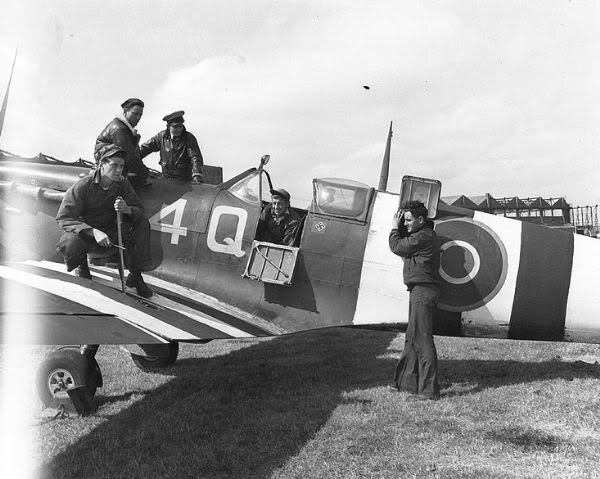
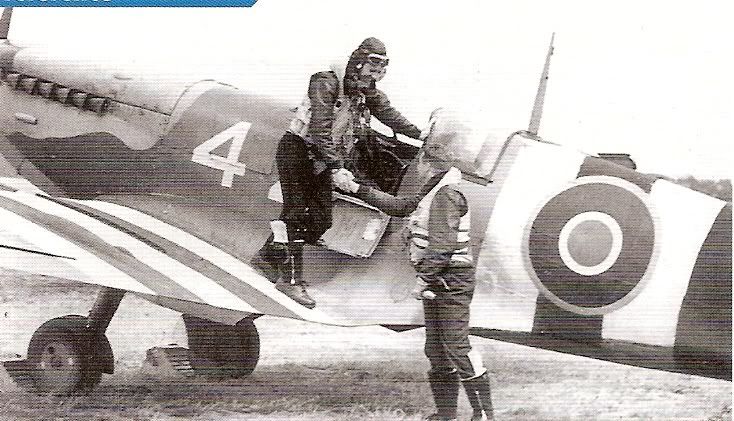

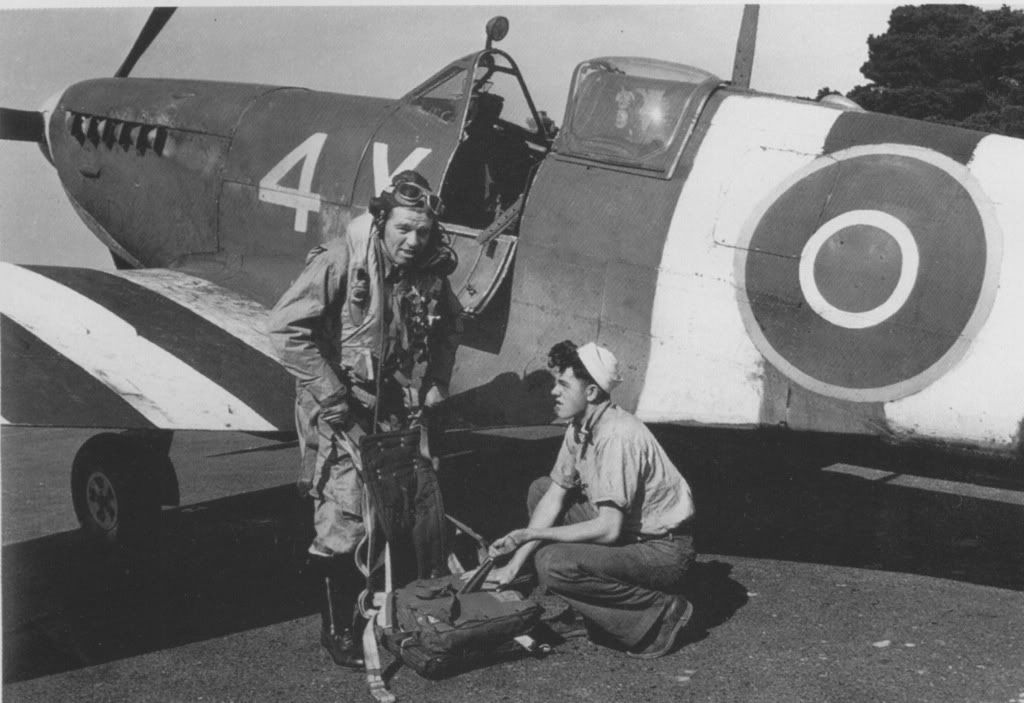
"When the US Navy was planning for the Normandy invasion, it became obvious that the Curtiss SOC and Vought OS2U planes normally used to spot for naval bombardment would be sitting ducks for the high performance German fighters. The decision was made to give the spotters a high performance fighter and thus even the odds a little
Seventeen VCS and VO(Battleship Observation) Pilots from the USS Quincy,USS Tuscaloosa(CA37,Augusta(CA31),Nevada(BB36),Arkansas(BB33) and Texas(BB35) therefore converted to Spitfire Mk.Vs borrowed from the RAF, (and given the US Navy paper designation of FS-1) and training was done with 67th TRG USAAF at Middle Wallop which was operating Spitfires for recconaissance.
The unit was initially commanded by Lt.Robert W Calland(Senior pilot on the USS Nevada) .He was succeeded by Lt.Cdr William Denton Jr on the 28th May 1944.
As the RAF and Fleet Air Arm were using two Spitfire squadrons(Nos.26 & 63) and four Seafire squadrons(Nos.808,885,886 & 897) for that task, and British and American spotting aircraft would be under the same command ( 3rd Naval Fighter Wing of the FAA,) it made good sense to standardize on one aircraft type as much as possible for all units involved. Aircraft at Lee-on-Solent were "pooled" so pilots would have flown both Spitfires and Seafires.There were also 3 additional RAF Squadrons of Mustangs involved but the USN pilots did not use these aircraft- and the Mustangs moved to other duties a few hours after the start of the invasion.
From D-Day, June 6, 1944 until June 26, when the American naval bombardment was terminated, US Naval Spitfires based at Lee-on-Solent flew 209 missions in support of the Allied invasion. VCS-7 operated primarily with the Western Naval Task Force, which was mainly drawn from the US Navy
Nine aircraft were lost to all causes although there was apparently only one pilot,Lt R M Barclay, lost due to enemy action.There is some disagreement by various sources about the actual casualties. US aircraft damage losses were higher percentage wise than RAF/RN-presumably due to the USN pilots relative lack of type experience.
The Squadron flew 191 operational sorties between 6 and 25th June.The last naval bombardment (of Cherbourg) took place on the 26th June following which,the squadron was disbanded and personnel returned to their ships."
yours stu




"When the US Navy was planning for the Normandy invasion, it became obvious that the Curtiss SOC and Vought OS2U planes normally used to spot for naval bombardment would be sitting ducks for the high performance German fighters. The decision was made to give the spotters a high performance fighter and thus even the odds a little
Seventeen VCS and VO(Battleship Observation) Pilots from the USS Quincy,USS Tuscaloosa(CA37,Augusta(CA31),Nevada(BB36),Arkansas(BB33) and Texas(BB35) therefore converted to Spitfire Mk.Vs borrowed from the RAF, (and given the US Navy paper designation of FS-1) and training was done with 67th TRG USAAF at Middle Wallop which was operating Spitfires for recconaissance.
The unit was initially commanded by Lt.Robert W Calland(Senior pilot on the USS Nevada) .He was succeeded by Lt.Cdr William Denton Jr on the 28th May 1944.
As the RAF and Fleet Air Arm were using two Spitfire squadrons(Nos.26 & 63) and four Seafire squadrons(Nos.808,885,886 & 897) for that task, and British and American spotting aircraft would be under the same command ( 3rd Naval Fighter Wing of the FAA,) it made good sense to standardize on one aircraft type as much as possible for all units involved. Aircraft at Lee-on-Solent were "pooled" so pilots would have flown both Spitfires and Seafires.There were also 3 additional RAF Squadrons of Mustangs involved but the USN pilots did not use these aircraft- and the Mustangs moved to other duties a few hours after the start of the invasion.
From D-Day, June 6, 1944 until June 26, when the American naval bombardment was terminated, US Naval Spitfires based at Lee-on-Solent flew 209 missions in support of the Allied invasion. VCS-7 operated primarily with the Western Naval Task Force, which was mainly drawn from the US Navy
Nine aircraft were lost to all causes although there was apparently only one pilot,Lt R M Barclay, lost due to enemy action.There is some disagreement by various sources about the actual casualties. US aircraft damage losses were higher percentage wise than RAF/RN-presumably due to the USN pilots relative lack of type experience.
The Squadron flew 191 operational sorties between 6 and 25th June.The last naval bombardment (of Cherbourg) took place on the 26th June following which,the squadron was disbanded and personnel returned to their ships."
yours stu




